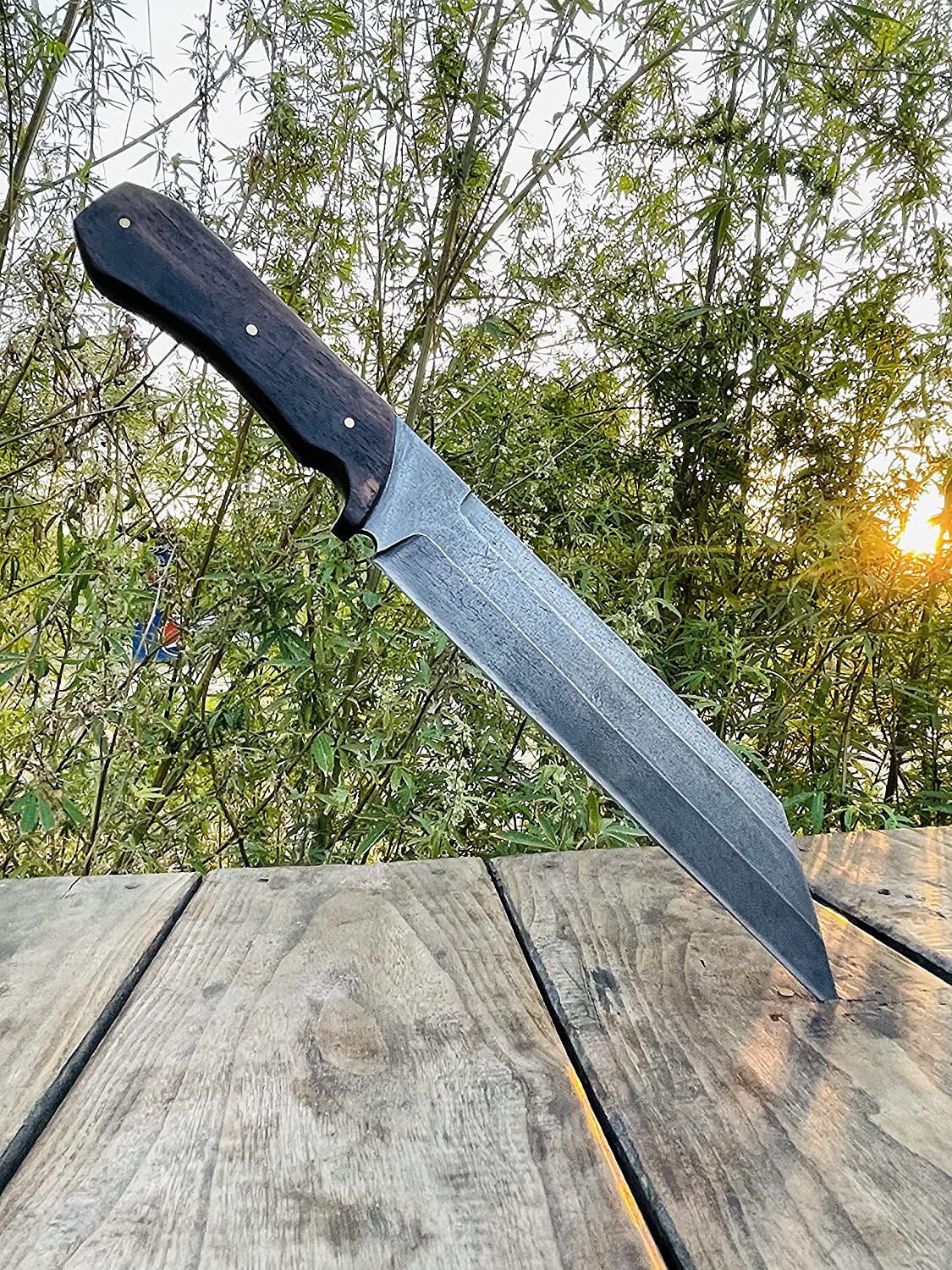The Viking art reveals the sophisticated material culture of the Northerners. Vikings loved elaborate decorations and used them often in their daily lives, including weapons, jewelry, runestones, and ship woodwork. Their favorite designs were abstract and intricate animal designs with multiple interlacing lines. Among the animals depicted in their art are serpents, horses, wolves, birds, and unreal, fantastic creatures. You can find some of our animal-inspired Viking collection here.
Among many others, the Jelling style is probably the most famous Viking art.When it comes to style, Viking artwork often features intertwined animals depicted in the form of spiraled S-shapes, with profiled heads, spiral hips, and pigtails. Occasionally, artists utilized a combination of the Borre and Jelling forms on the same object to create a unique design.
A second visually stunning Viking art style is the Urnes-style architecture dating from the 1050s to the 12th century. The carved wooden panels show sinuous animals with interlaced and looped shapes. These animals have long eyes that point forward, highlighting their design. Notably, the panels also feature detailed depictions of snakes and plants. Some of the carvings reveal a greyhound-like creature fighting a serpent, adding a dramatic flair to the artwork.
Is Viking art tattoo historically accurate?
Wearing tattoos was a common practice among Vikings, symbolizing strength and a sign of respect for their gods. They also believed tattoos were a visual representation of their devotion to family, battle, and their way of life. You will find today many tattoo designs taking a rather free inspiration from the Viking culture and we encourage you to do your own research before committing to a so-called Viking tattoo studio.
Where can I find real Viking art?
At Drakka Viking Shields, we strive to create the most realistic Viking artifacts, in line with our Norse roots and heritage. There are no unique museums dedicated to Viking art in the world but you can find unique artifacts in the museum of Oslo, Stockholm as well as multiple places in Denmark and Iceland.
What are some of the most famous Viking art?
 Historians classify Viking art into six unique styles but the Oseberg Style is probably the most traditional and popular one. This artifact, renowned for its intricately designed animal wood carving, is named after the burial site discovered in Oseberg near the city of Tønsberg, Norway in 1904.
Historians classify Viking art into six unique styles but the Oseberg Style is probably the most traditional and popular one. This artifact, renowned for its intricately designed animal wood carving, is named after the burial site discovered in Oseberg near the city of Tønsberg, Norway in 1904.
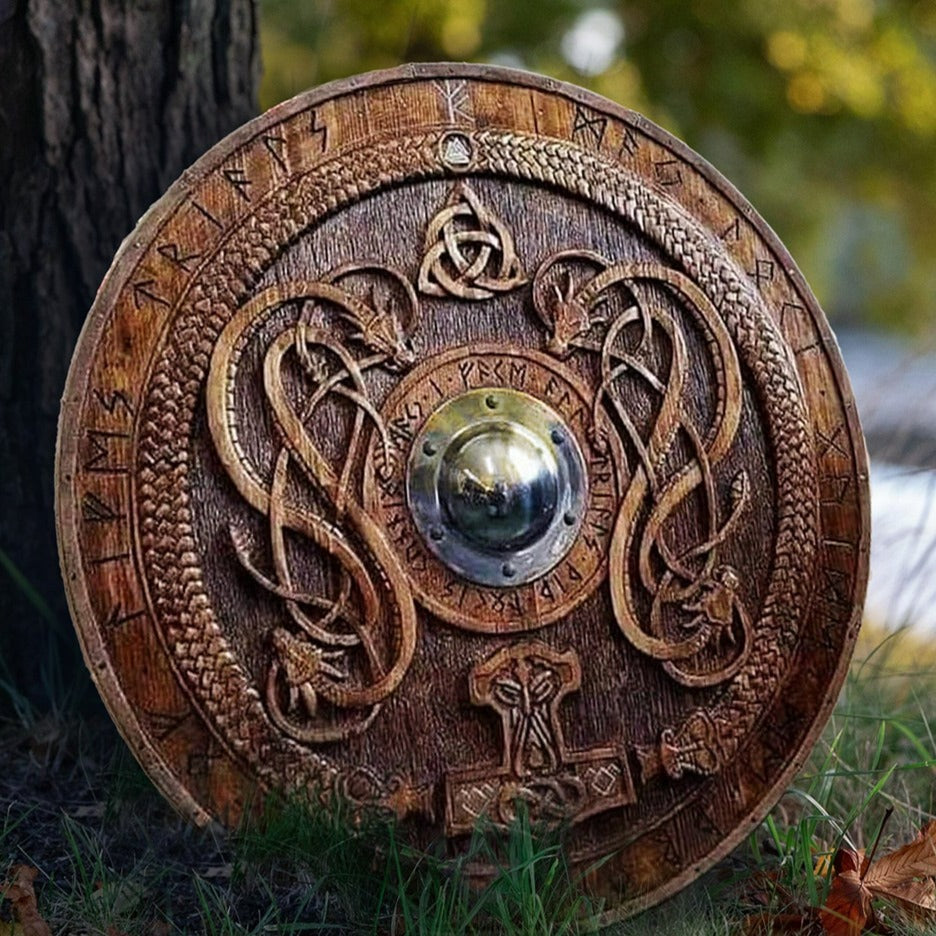
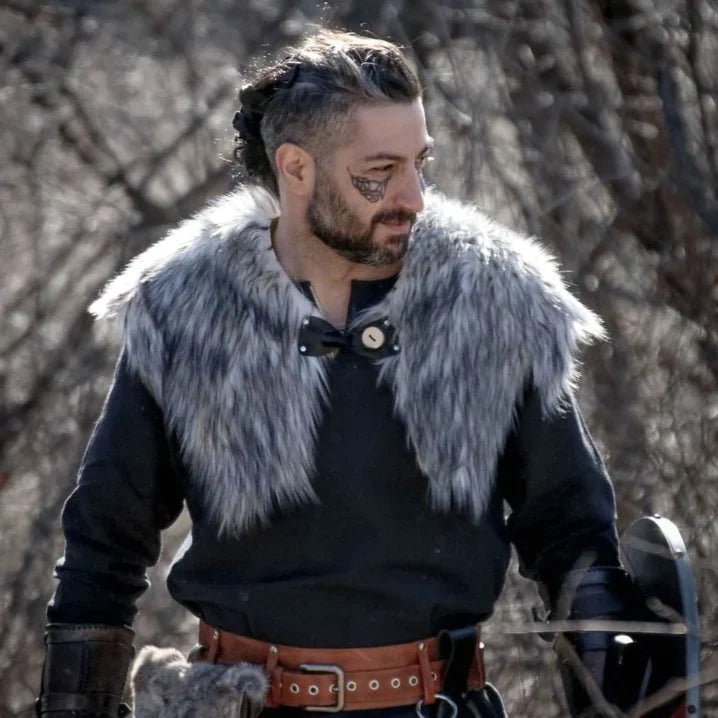
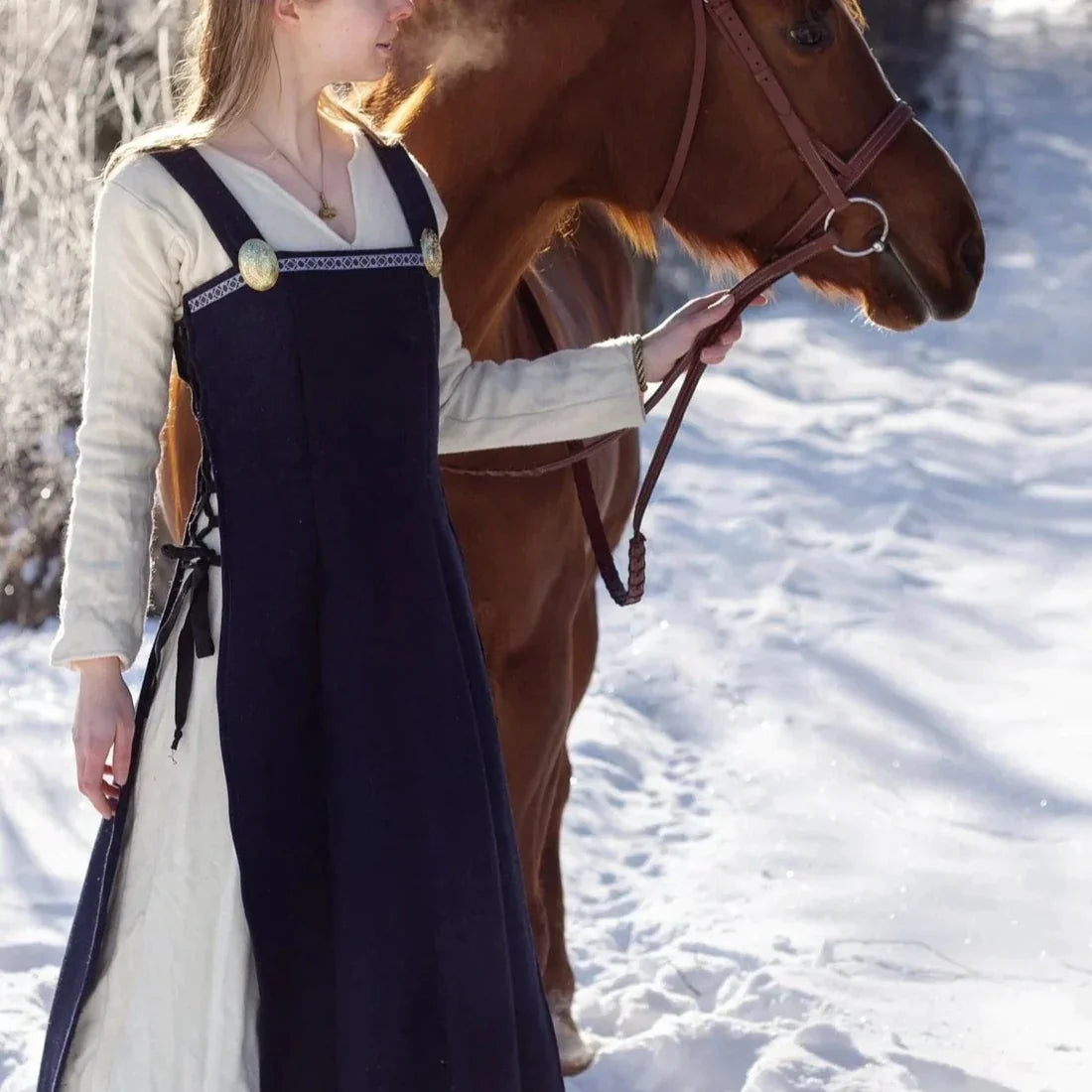
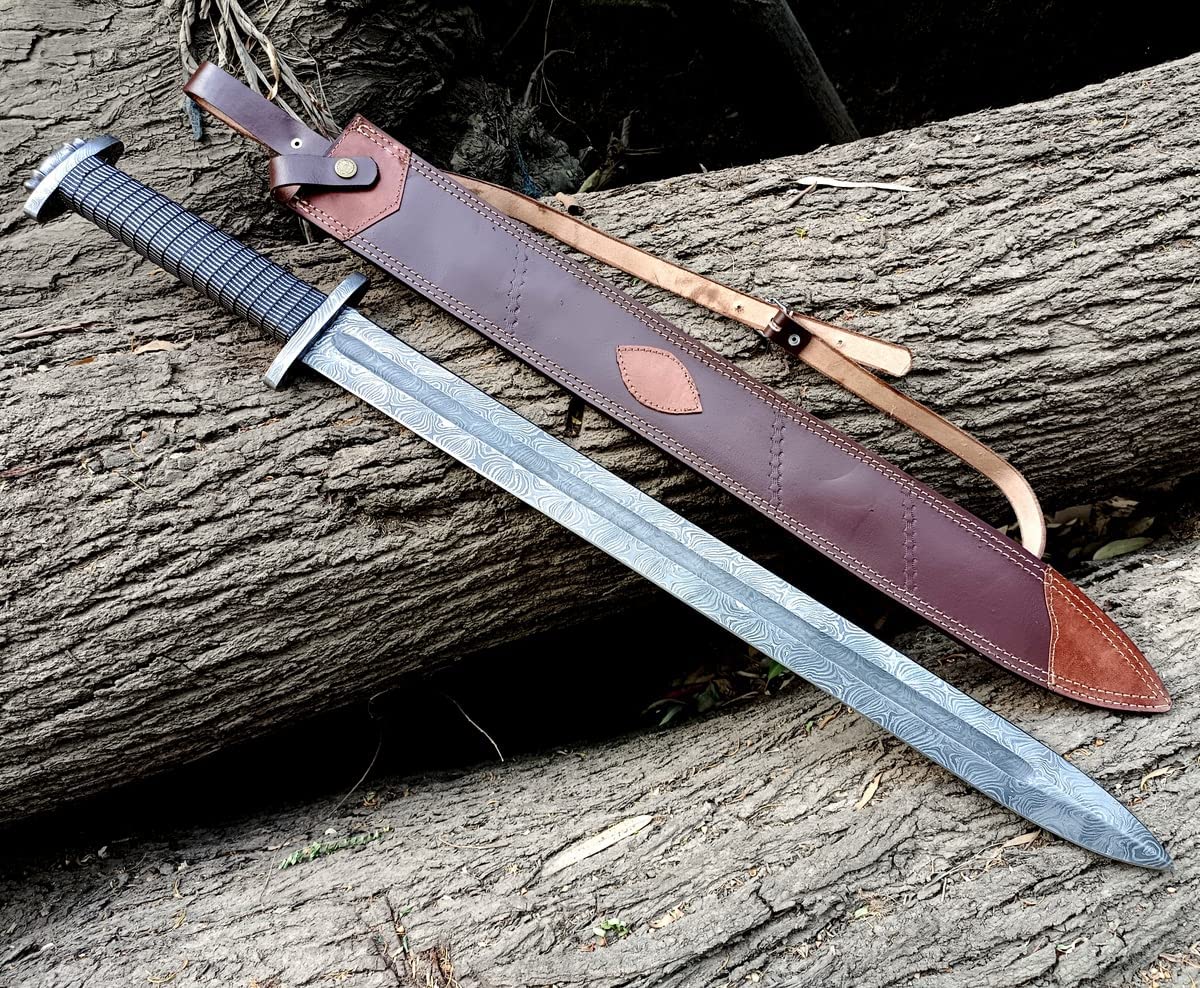
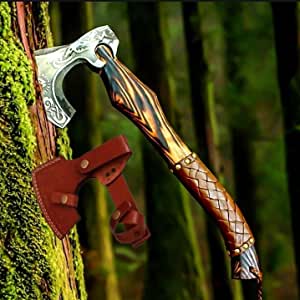
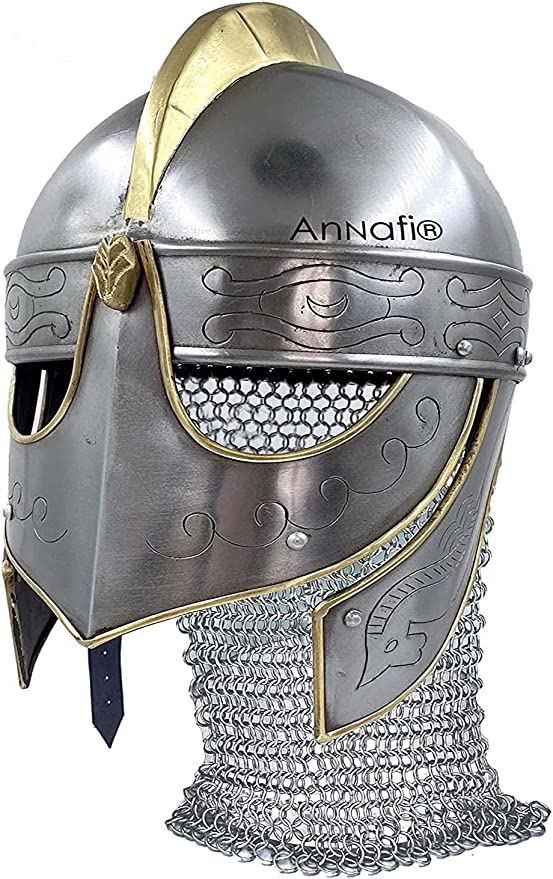
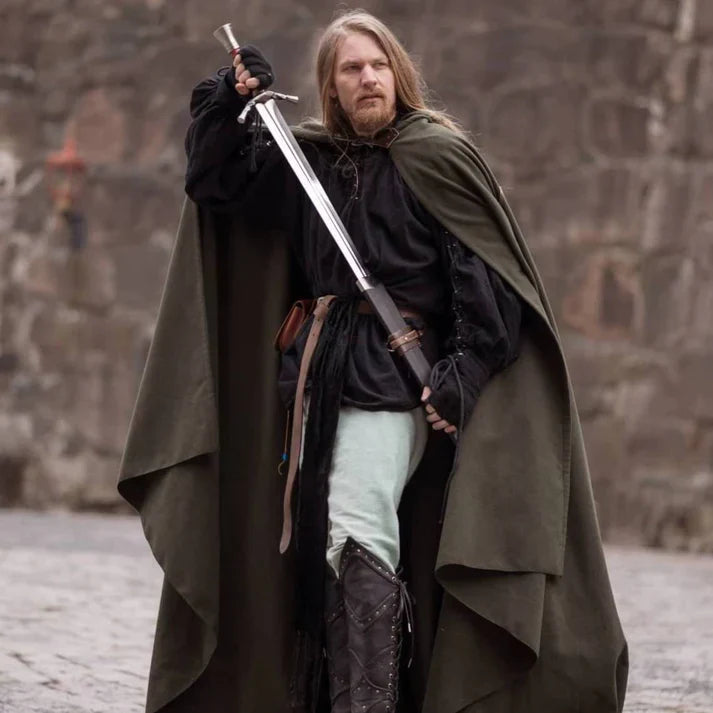


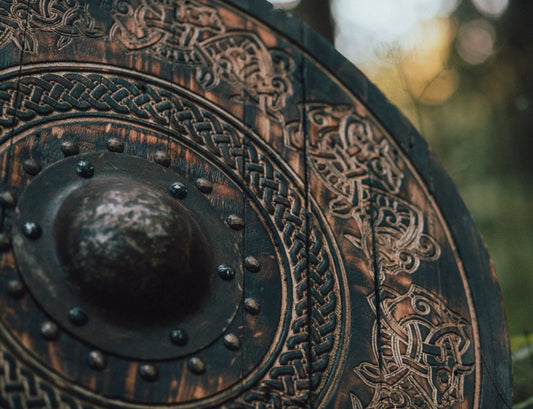

 Historians classify Viking art into six unique styles but the Oseberg Style is probably the most traditional and popular one.
Historians classify Viking art into six unique styles but the Oseberg Style is probably the most traditional and popular one. 




